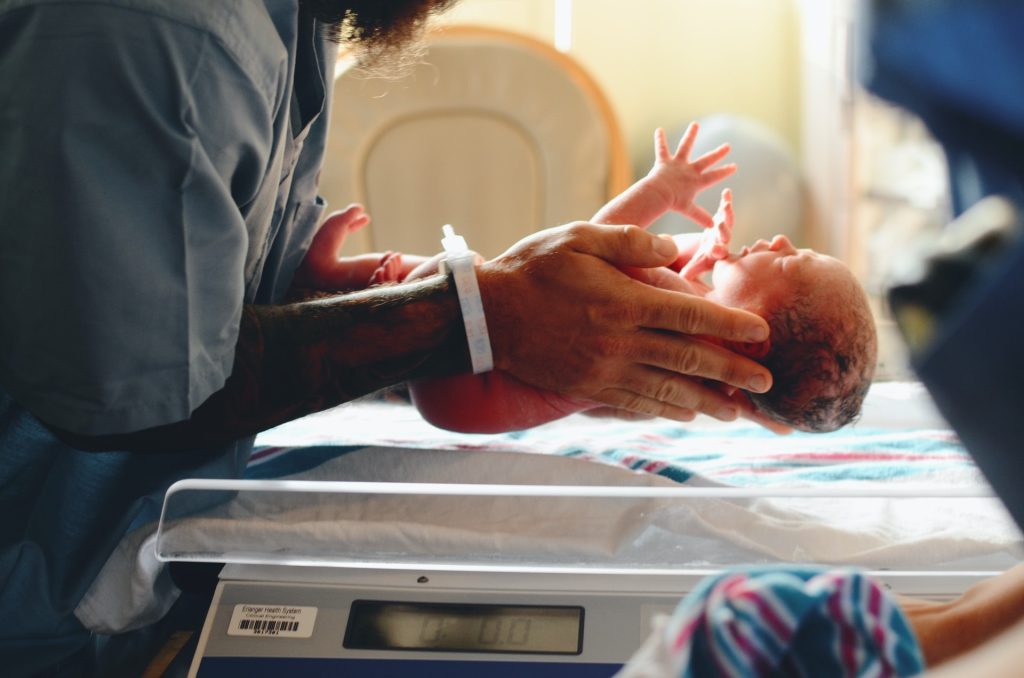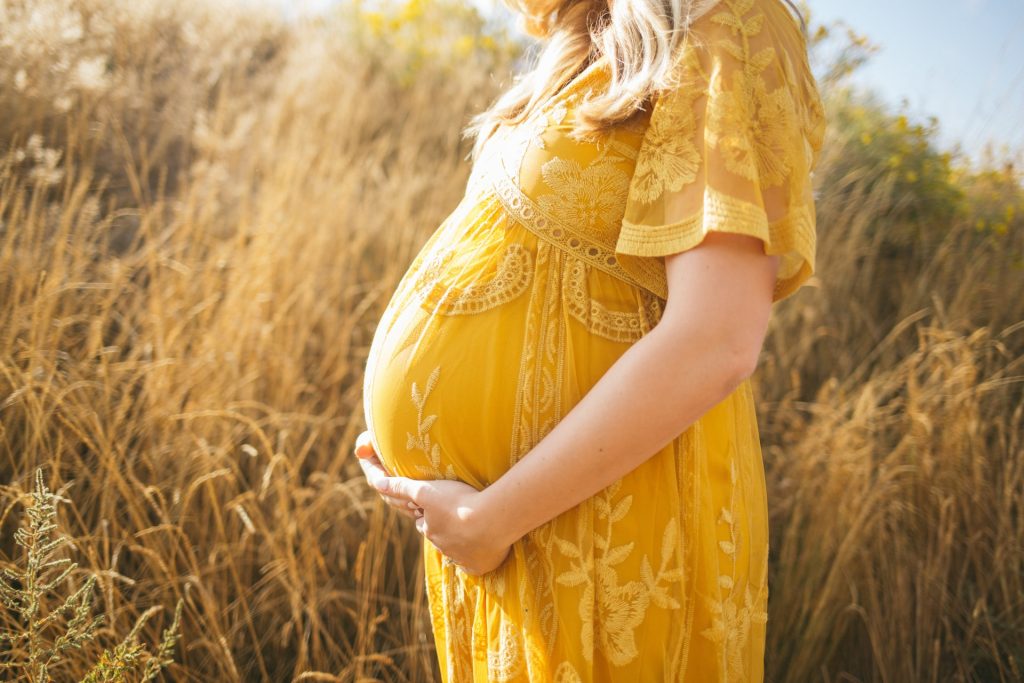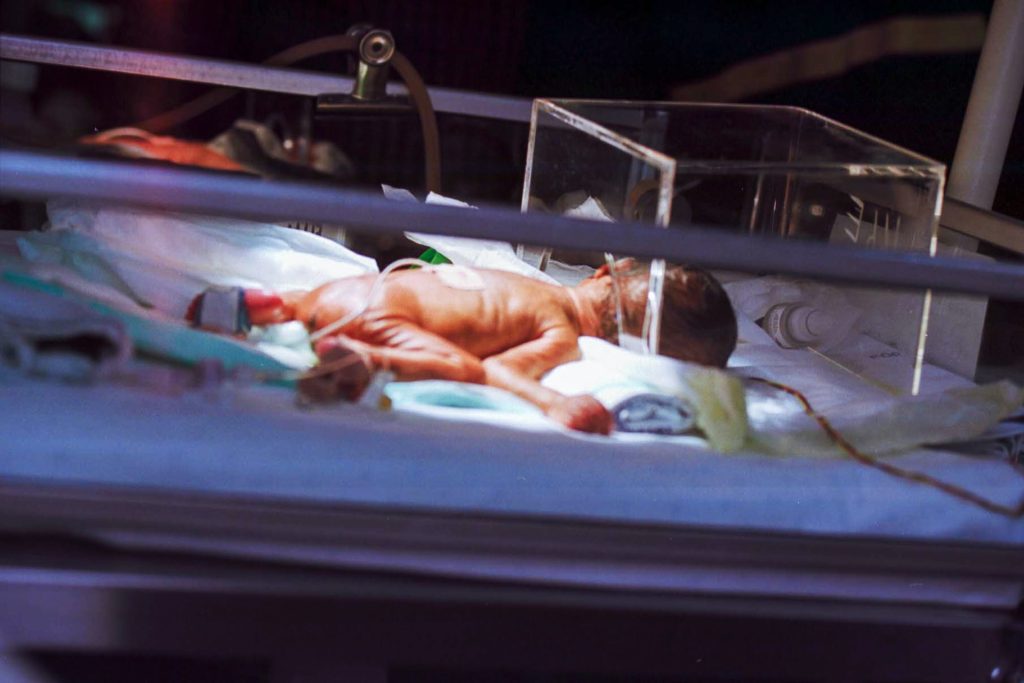Increased Odds of ADHD Symptoms in Children Born Before 39 Weeks

Among children born at term (37–41 weeks), those born before 39 weeks are more likely to experience symptoms associated with attention-deficit/hyperactivity disorder (ADHD), according to a study published in the Journal of Pediatrics.
ADHD manifests early in childhood with symptoms of hyperactivity, impulsivity or inattention, and has known links to preterm birth (less than 37 weeks gestation). The present study is one of only a handful to investigate the associations between gestational age at term and a diagnosis or symptoms of ADHD. It is the first to include reports from teachers.
“Teachers’ reports, in conjunction with maternal reports and physician evaluations, provide valuable input for the diagnosis of ADHD,” said study author Nancy Reichman, author of the study and a professor of paediatrics at Rutgers Robert Wood Johnson Medical School. “Mother-reported symptoms generally reflect behaviours in the home or in small family or social groups, while teacher-reported symptoms reflect behaviours in a structured educational setting by professionals who work with a large number of children and observe the range of behaviours that students exhibit in classrooms.”
Prof Reichman and her team set out to estimate the link between gestational age at term and 9-year-old children’s teacher-reported ADHD symptoms.
The team analysed data on about 1400 children in a birth cohort study that randomly sampled births from large US hospitals 1998 to 2000 and re-interviewed mothers over nine years as well as teachers’ evaluations using the Conners’ Teacher Rating Scale-Revised Short Form.
The researchers found that children born early-term (37-38 weeks) had significantly higher scores on the teacher rating scales than children who were full-term (39-41 weeks) for hyperactivity, ADHD and cognitive problems or inattention, but that gestational age wasn’t significantly associated with oppositional behaviour.
Specifically, the researchers found that each week of gestational age at term was associated with 6% lower hyperactivity scores and 5% lower ADHD and cognitive problems or inattention scores, and that birth at 37 to 38 weeks was associated with 23% higher hyperactivity scores and 17% higher ADHD scores when compared with birth at 39 to 41 weeks.
“The findings add to growing evidence supporting current recommendations for delaying elective deliveries to at least 39 weeks and suggest that regular screenings for ADHD symptoms are important for children born at 37 to 38 weeks,” Prof Reichman said.
Preterm infants are at greater risk for ADHD because of immature brain development, she said. “Significant growth and development in various kinds of brain cells are observed between 34 and 40 weeks of gestation,” said Reichman. “Infants born at full-term likely benefit from the additional one to two weeks of brain growth in utero compared with those born early-term.”
Source: Rutgers University




